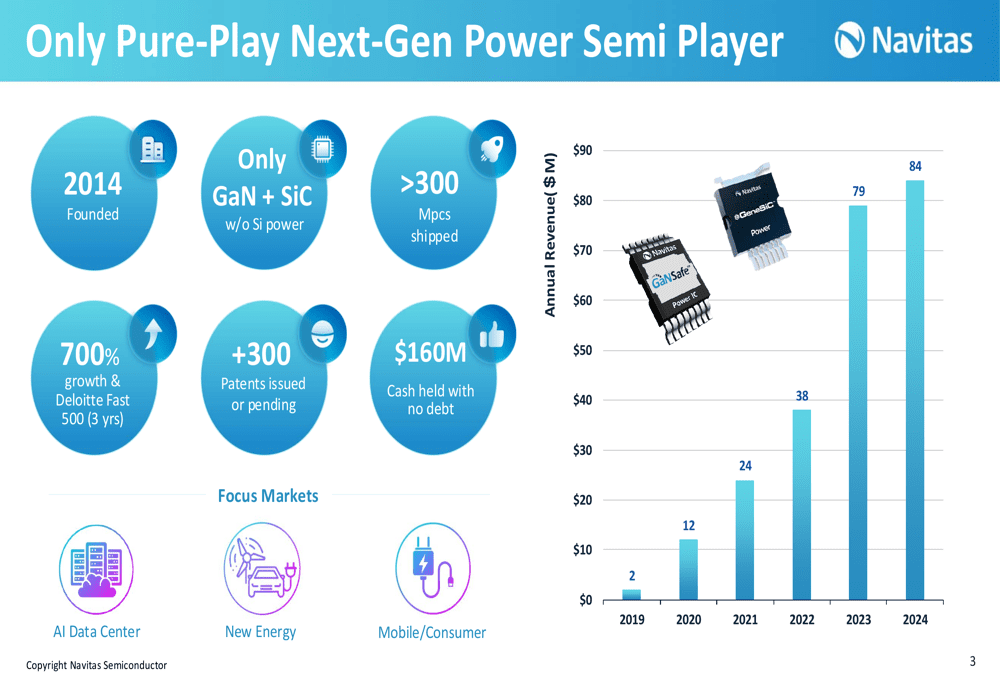Discovering GaN and SiC Technologies in the AI Data Center Landscape
An Overview of GaN and SiC Technologies
Gallium Nitride (GaN) and Silicon Carbide (SiC) are two revolutionary semiconductor materials making significant strides in the tech industry, particularly in artificial intelligence (AI) data centers. These materials are recognized for their efficiency and capability to handle high voltages and temperatures. Understanding their potential is crucial for grasping the future landscape of AI-driven technologies.
The Growing Demand for AI Data Centers
As the world becomes increasingly digitized, the demand for AI capabilities skyrockets. Data centers are at the heart of this transformation, requiring robust, efficient technologies. GaN and SiC technologies emerge as viable solutions to meet these needs. They not only enhance performance but also reduce power consumption, making them ideal for modern AI workloads.
Advantages of GaN Technology
GaN technology offers several benefits, particularly for electronic devices. Its ability to support higher frequencies and voltages allows for greater energy efficiency compared to traditional silicon-based devices. This efficiency translates into reduced energy costs and improved thermal performance, vital aspects for data centers that operate continuously.
With GaN, businesses can achieve significant reductions in the size and weight of power systems. This miniaturization is crucial as it frees up space, allowing for more efficient layouts in data centers. Furthermore, GaN’s low on-resistance leads to less heat generation, which is advantageous for enhancing overall equipment longevity.
The Role of SiC in Power Applications
Silicon Carbide technology shines in applications requiring high power levels. SiC devices can tolerate temperatures and voltages beyond the limits of traditional silicon devices. This characteristic makes them particularly suitable for environments where reliability is a priority.
SiC technology significantly reduces energy losses during power conversion processes, optimizing efficiency for data centers. By improving thermal conductivity, SiC components can operate at higher temperatures without compromising performance. This capability not only results in lower operational costs but also extends the lifespan of equipment utilized in AI applications.
Market Potential for GaN and SiC Technologies
The market for GaN and SiC technologies is projected to reach impressive heights, particularly in the AI sector. Analysts estimate a robust growth trajectory driven by increasing AI adoption. This forecast highlights the importance of harnessing advanced semiconductor technologies for emerging applications.
As organizations pursue advanced AI solutions, GaN and SiC components will play a crucial role in enabling faster processing and data management capabilities. This evolution in technology will ultimately lead to improved AI capabilities across various sectors.
Exploring Practical Applications
Understanding the real-world applications of GaN and SiC technologies can offer valuable insights into their potential impact on the AI landscape. In telecommunications, for example, GaN power amplifiers are enhancing signal clarity and reliability, which is essential for efficient data transmission. Similarly, SiC devices are being used in renewable energy systems, increasing efficiency in solar inverters and electric vehicle chargers.
Additionally, in the realm of supercomputing, both GaN and SiC are poised to drive advancements. Their unique characteristics allow for more compact and efficient designs, crucial for handling the enormous computational demands of AI workloads.
Overcoming Industry Challenges
While the benefits of GaN and SiC technologies are clear, the industry must address several challenges for broader adoption. Technical expertise is one significant hurdle, as transitioning from traditional silicon technology requires specialized knowledge. Additionally, manufacturers need to streamline production processes to reduce costs, making these technologies more accessible.
Investment in research and development is paramount for advancing GaN and SiC technologies. By fostering innovation, the industry can accelerate the development of new applications and energy solutions, ultimately benefiting data center operations.
Conclusion
The adoption of GaN and SiC technologies marks a pivotal moment in the evolution of AI data centers. These materials promise to enhance efficiency, reduce costs, and support the growing demands of AI applications. As the industry moves toward a more digital future, exploring these technologies will be critical for organizations seeking to leverage the full potential of artificial intelligence.
